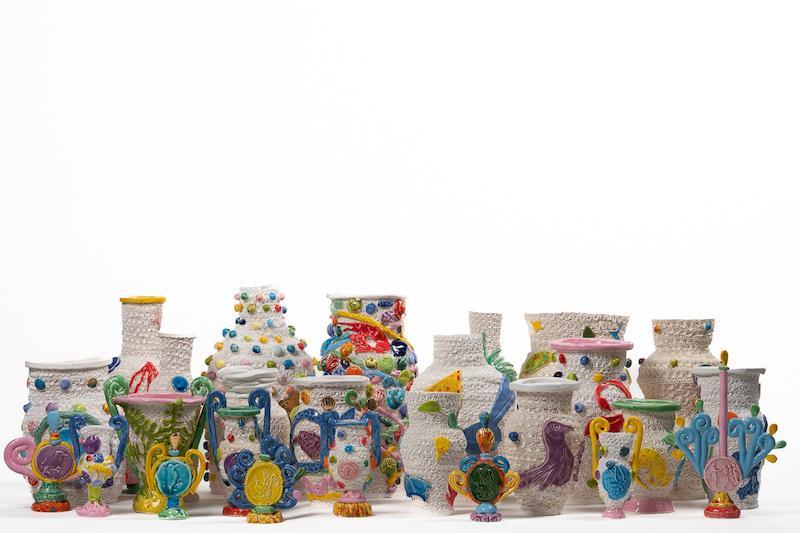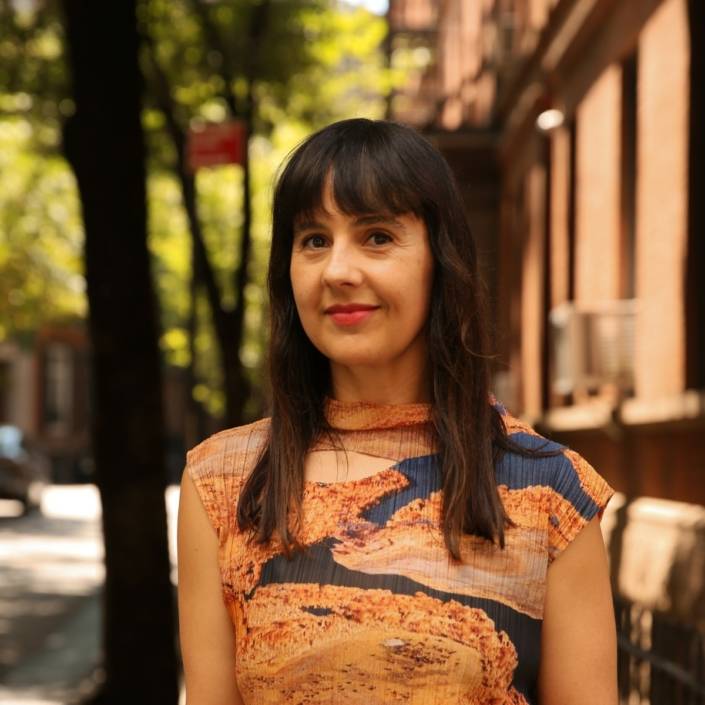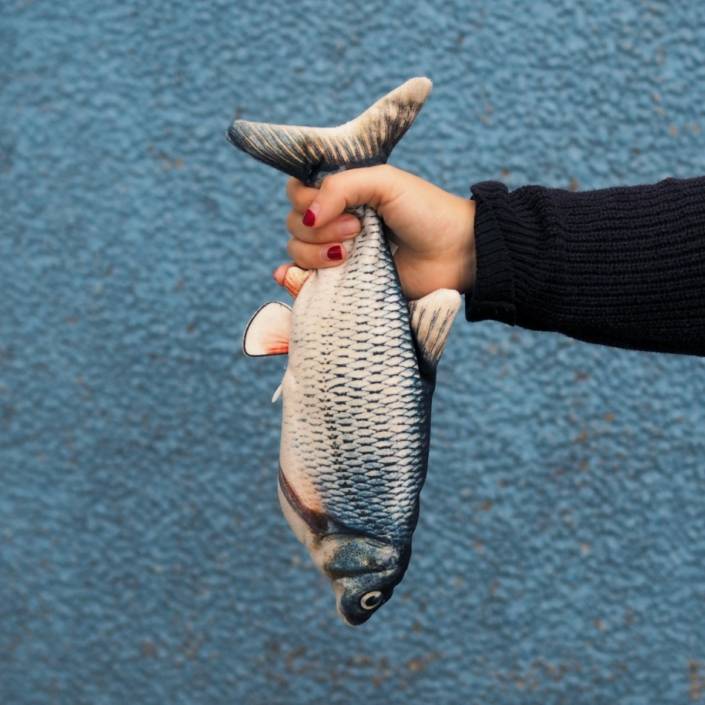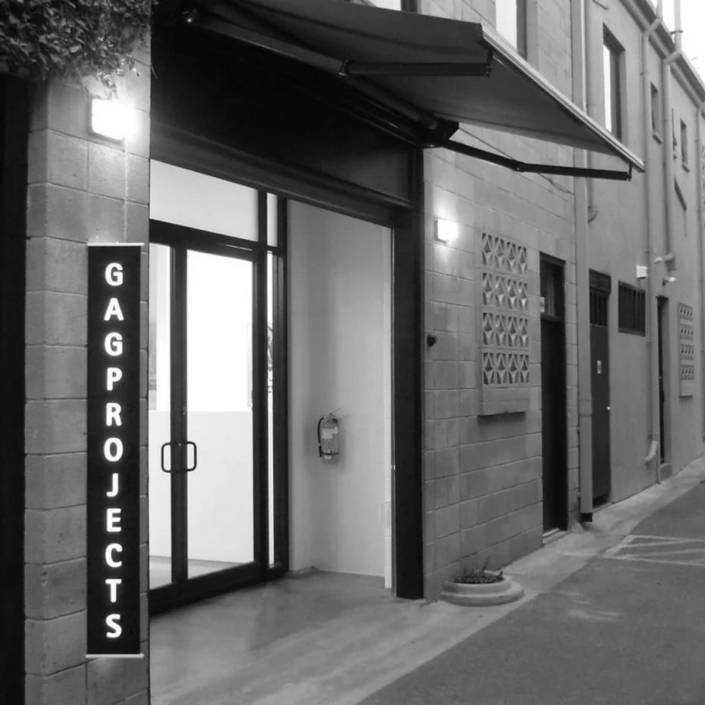Glenn Barkley goes back to his roots, curating and exhibiting in a show exploring the history of his hometown
The Shoalhaven Regional Gallery show opens this Summer.
Rose of Sharon Leake interviews
Glenn Barkley, preeminent artist, curator, and writer will this December unveil ‘Plant Your Feet’, an exhibition looking at the history of the Shoalhaven region. Ahead of its opening, we talk to Barkley about what the show means for him, and the wider community of this regional town.
Glenn, you grew up in the Shoalhaven area and this show is really an homage to the region both through your eyes and the community’s – can you tell me more about the underpinnings of the exhibition and how you have approached its curation?
I’m really honoured to be showing at the Shoalhaven Regional Gallery as I grew up in Sussex Inlet and attended Shoalhaven High School in the late 1980’s and I still live and work there, it’s the landscape of my dreams.
The exhibition has given me a chance to think more critically about the history of the region. I have read widely and looked at objects in Shoalhaven museums to tell a story of the Shoalhaven in a kind of oblique and poetic way. I’ve been particularly struck by how as a kid Indigenous culture- was to a certain extent- buried and marginalised.
The history of land – and particularly its acquisition and trade after colonial settlement – is one of the things that has really struck me. What were the processes by which the ground under our feet was acquired and traded and who suffered and lost in this exchange. You can extend this to objects also – what objects do we choose to keep and honour, what do we choose to disregard and who makes this decision.
Featuring in the show are works of your own, such as wallpapers and ceramic pots/sculptures, as well as objects from around the region, including objects found in local museums and collections. What are some of these local objects, and how do they interweave with your own works to tell the story of the Shoalhaven region?
I have a very broad reach and have chosen objects that tell multiple stories both in and of themselves but also about the places where they are located and collected. I have several objects from the Lake Tabourie Museum for instance which was the first museum I ever visited as primary school kid. Coming back 40 years later there was a sense of deja-vu but also a sense of dread – it was one person’s passion and they ‘acquired’ all kinds of objects including many First Nations spiritual and sacred items and the way they have been thrown together under the seemingly simple rubric of ‘The Museum’ is deeply disturbing.
In the works I have created I have referenced images – mainly birds, animals, plants and shells. Flora and fauna have been used by European designers and ceramicists since the beginning of colonialisation as they would have been unique and adaptable to European eyes. This visual appropriation is married to the appropriation of land and enslavement of people. This interest is demonstrated in both a lager wallpaper work that includes images of birds and bi-valve shells attached to images of European ceramics – mainly English Wedgwood.
Another large still life of over 30 individual vessels uses birds, plants and images from more obscure regionally specific histories and places– such as the Kangaroo Valley panther and the Red Rocket in the park in Bomaderry – to highlight things lost, forgotten and imagined.
Another key installation will be a dense salon style hang of paintings produced by Indigenous and non-Indigenous artists over the last 150 years that take the Shoalhaven landscape as subject matter – that use all kinds of approaches from the picturesque as espoused by Conrad Martens and Samuel Elyard through to contemporary works by Aboriginal artists such as Rueben ‘Ben’ Brown and Mona Brown.
The exhibition is really a vignette of small-town life, celebrating the local people and narratives of the area. I believe 1 room will feature a structure clad with tiles decorated by members of the community, with your work sitting inside the structure. Can you tell me more about this piece and how it came together?
I have started working with larger ceramic forms – tiles and slab-built wall works. I have extended this in collaboration with a team of artist from the Shoalhaven working alongside members of the community to create tiles that depict the participants of their home, or what it is that makes the region so special to them. We have had a huge uptake and are now amid firing and managing this project. People’s responses have been moving and some light-hearted. They will be clad on the exterior walls of an interior room like a shelter that will house objects form local collections – almost think of it as a jewel box or even a brain.
The show takes inspiration from the tradition of Cabinets of Curiosity and exhibitions of the Victoria Era. What is it about this era/history that fascinates you and how has this tradition come into play within this exhibition?
Colonial exhibitions are both repulsive in the way they treated First Nations people and culture, and natural resources, but compelling in the way they displayed and organised the world. You need to think about these exhibitions in a very critical way whilst acknowledging their influence form shopping malls, to gardens to museums
This era amplified certain museulogical methods that continue to reverberate into the present. Local volunteer run history museums very much use the ‘anything-goes-all-in’ display methods of the colonial exhibitions. There are implied hierarchies within the system that need scrutinising. That methodology is a manifestation of white supremacy and privilege and places European, settler narratives at the top of the hierarchy and historical record – often grand narratives such as war, land reclamation and progress – above more dynamic and hidden Indigenous and intersectional ones.
In regard to my own work I have been inspired by Victorian majolica a type of ceramic production that was very much in favour in the late 1900’s and dominated Colonial displays but fell out of favour for its over the tops forms and shapes as well as its garish bright earthenware colours. These are often similar colours and forms I use in my own work, and I’m visually drawn to this same gloss and garishness.
It was for most of the twentieth century viewed with disdain but has recently been ‘re-discovered’ by makers and curators alike with an emphasis on the people who made these works and the conditions in which they lived and worked.
How do you hope audiences not from the Shoalhaven region might respond to or learn about the area and its history from viewing Plant Your Feet?
I hope it makes people more aware of the history around them and how it shapes the present. Take a place like Nowra that sits, you would think strangely, away from the river. But how this is very much due to series of flood in the late 1800’s that saw settlers fear for their lives and properties and move the town to higher ground. How if there had been a different kind of relationships with the Aboriginal people this may not have happened at all.
And in my own case as I also live and work at Broughton, north of Berry, where a system of theft, appropriation and land reclamation took place under the colonisers. Aboriginal people were murdered and enslaved and the landscape was drained and measured to create the town as it exists today.
These histories are repeated over, and over, again along the east coast specifically the place where the process of colonisation and dispossession was at its most destructive.
I hope it makes people think about where they might live and how that place came to be.
‘Plant Your Feet’ runs from 10 December 2022 to 28 January 2023 at Shoalhaven Regional Gallery.
This article was posted 31 October 2022.
Image: Work by Glenn Barkley showing at Plant Your Feet, Shoalhaven Regional Gallery. Photo: Jules Boag. Courtesy: Shoalhaven Regional Gallery.









